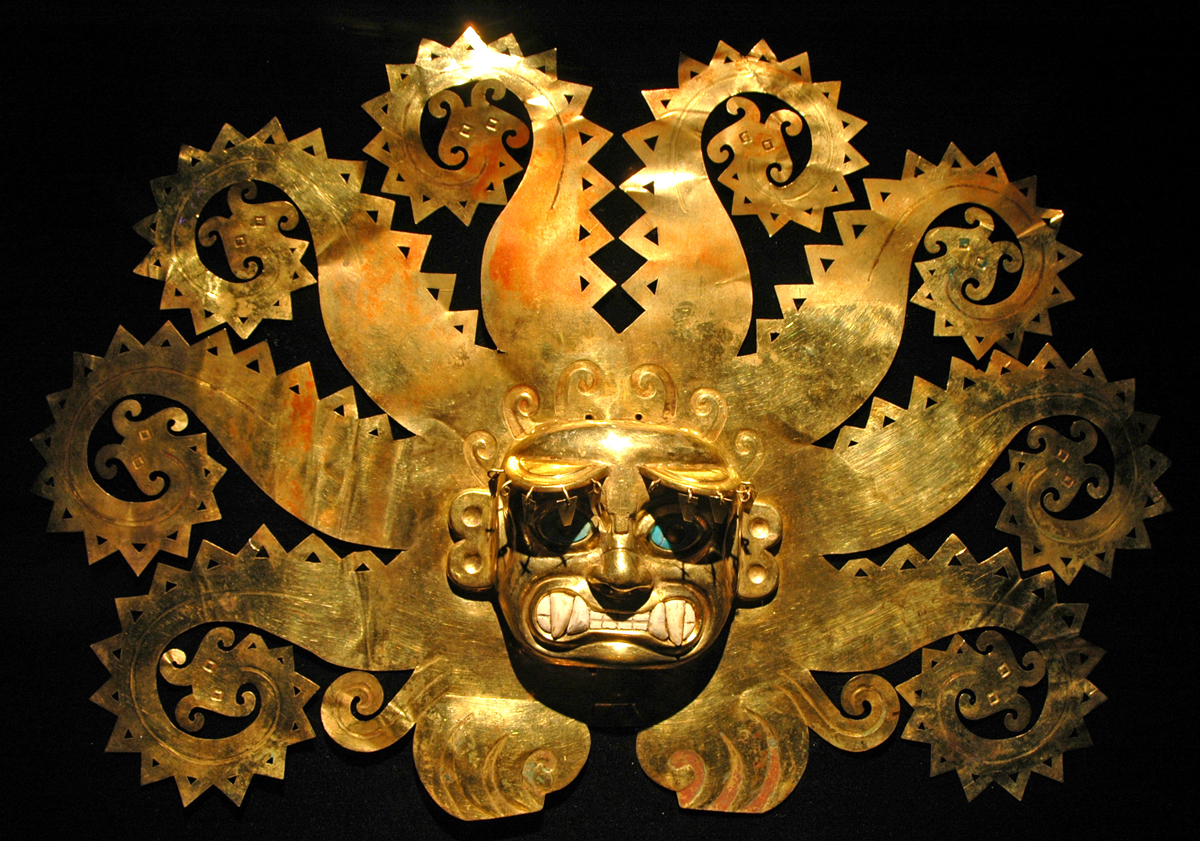I like to read strange stuff. Like, treatises on string theory or historical accounts of how much gold and silver Spain pinched from Latin America during its 300-year occupation. String theory says all matter is made up of short and tiny “strings,” ones so small they breezily flow through atoms, rocks and – get this – us. In this model, some physicists proclaim we’re not flesh and bones really, but a loosely assembled collection of tiny particles that form flesh and bone.
Think of this the next time you’re at the gym. Imagine your body linked by self-regulating particles, like leaves on a tree, but with tiny, microscopic strings riding a breeze that’s journeying through you.
No wonder it’s so difficult to build muscle mass.
Unless you slept through it, you might remember your high school history that said Spain, at different times, held all US lands west of the Mississippi, and most lands south (except Brazil) to Tierra del Fuego. Its 300-year hegemony over Latin America (1519-1832) allowed Spain to mine and export approximately $527.3 billion (in today’s US dollars) in gold and silver. In addition, approximately 1.86 million Spaniards immigrated to the Americas during that time, followed by another 3.5 million in the post-colonial era that ended in 1950.
However, like the string in string theory, Spain’s then-imported wealth passed through the country in an almost invisible manner, just as the theoretical strings that might be passing through you right now. You might sometimes see your business in a similar light; that is, your policies, concepts and ideas akin to invisible strings that breezily pass through such loosely linked objects as employees or bank accounts.
Spain’s empirical gains allowed the accumulation of immense wealth. John Maynard Keynes, creator of the Keynesian economic theories, in his book Treatise on Money, said, “The modern age opened with the accumulation of capital which began in the 16th century … which resulted from the treasure of gold and silver which Spain brought from the new world into the old.” Early descriptions tell of heaps of Inca gold and silver at Spanish docks and that precious metal, once in action, transformed the economy of Western Europe – and eventually England, the US and the world. It also sowed the seeds for modern economics and the manifestations, concepts and systems that are still discussed today. Inflation, for example, cash flow, international banks and bankruptcy.
Advertisement
Bankruptcy? As early as 1557, Spain suspended payments to lenders and thereby declared its first bankruptcy; it did it again in 1570, 1575, 1596, 1607 and 1647. The reason was Spain’s cash flow collapsed when Peruvian silver mine production, the last new-world resource, declined. Sadly, Spain’s leaders had not used the wealth to develop other profit-producing mechanisms. See it like using your signshop profits to buy an Electra Glide instead of a CNC router or digital print machine.
A CAPITAL IDEA

In his book War and Gold, Cambridge University Ph.D. Kwasi Kwarteng noted that Spain did not use its new (at that time) wealth to build infrastructure or increase its national production potential, but instead the monies were used for empirical advancements that, historians say, did not go well.
Small businesses can twin this perilous account, because a temporary abundance of profit dollars can create an economic microcosm leading to loose spending and a small-scale economic crisis. Again, it’s the choice of using profits to buy an Electra Glide or establishing production potential.
The effects of Spain’s lost wealth magnified. Kwarteng says the biggest economic effect was inflation. Spanish prices increased by 300% in the first quarter of the 17th century, an unheard-of amount in previous centuries. Further, Spain borrowed money from private bankers (early venture capitalists?) and soon had a debt mountain that matched its total wealth. Kwarteng wrote, “The [new-world-gained] wealth was imaginary because its effects on the Spanish Monarchy were unexpected and would lead, in the long run, to bankruptcy and a diminution in the power of Spain in world affairs.”
This year, CNN Money, quoting BankruptcyData.com, said in June that more than 300 retailers (read: sign buyers) had filed for bankruptcy so far this year, which is up 31% from last year. The list includes Payless Shoes, Gander Mountain, RadioShack (for a second time), HHGregg and The Limited.
Advertisement
Where are your excess profits going?


 Tip Sheet1 week ago
Tip Sheet1 week ago
 Ask Signs of the Times2 days ago
Ask Signs of the Times2 days ago
 Real Deal1 week ago
Real Deal1 week ago
 Benchmarks5 days ago
Benchmarks5 days ago
 Editor's Note2 weeks ago
Editor's Note2 weeks ago
 Women in Signs1 week ago
Women in Signs1 week ago
 Photo Gallery7 days ago
Photo Gallery7 days ago
 Product Buying + Technology2 weeks ago
Product Buying + Technology2 weeks ago

















